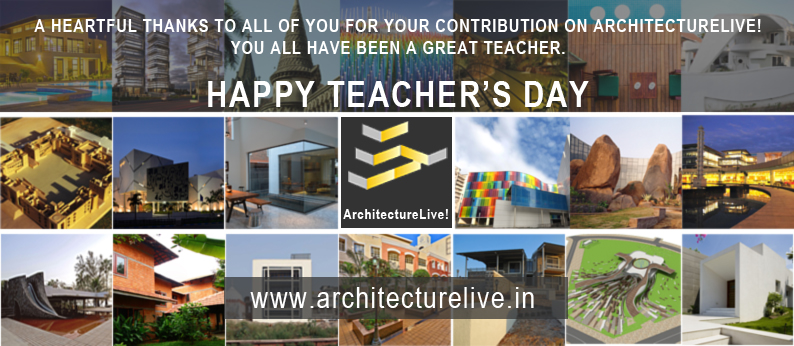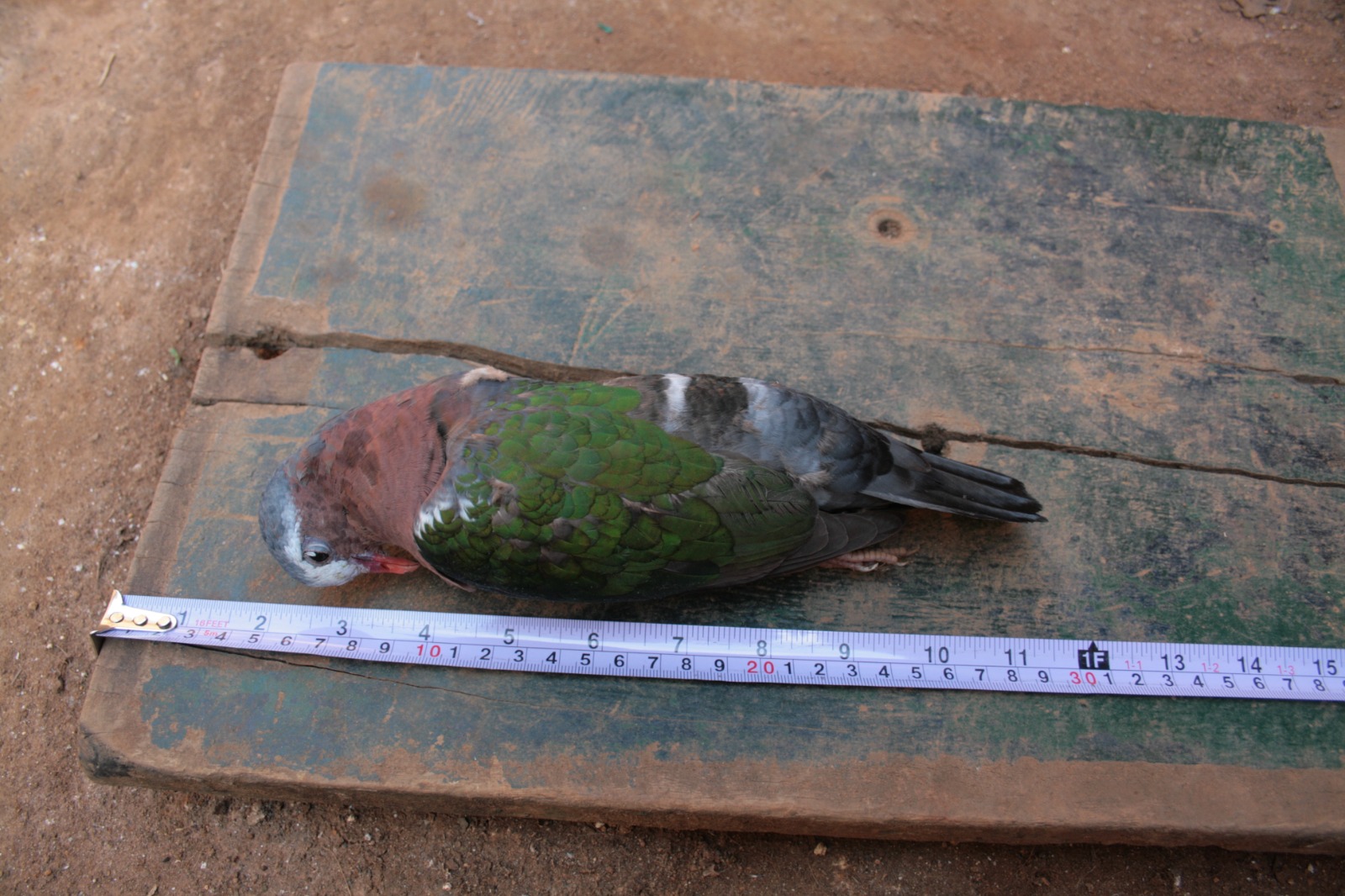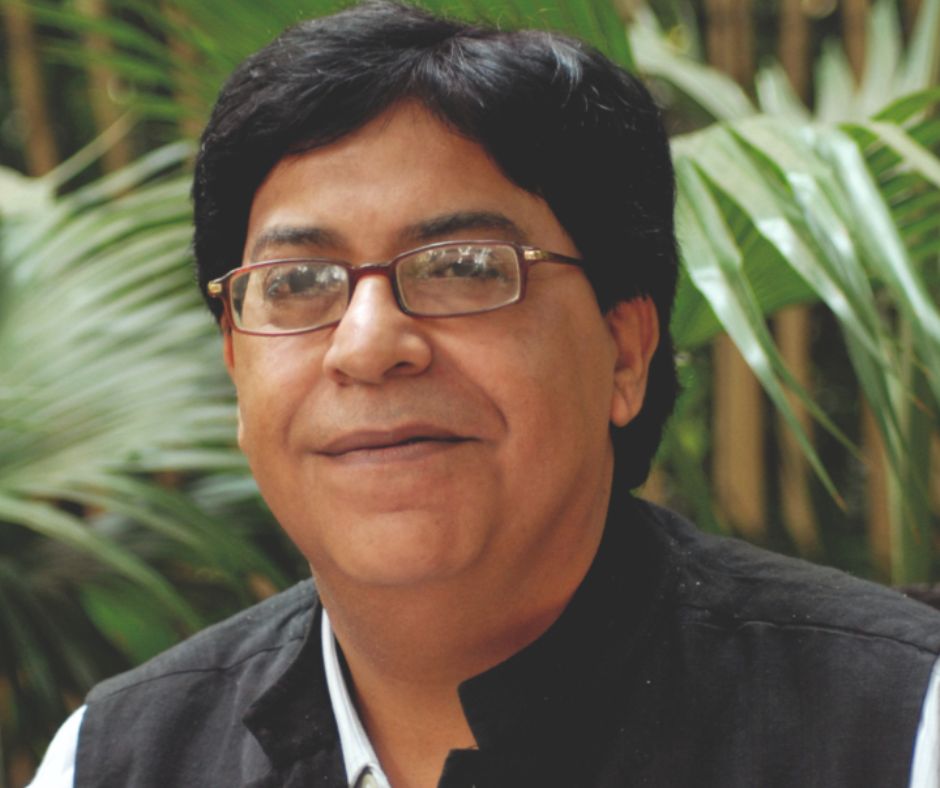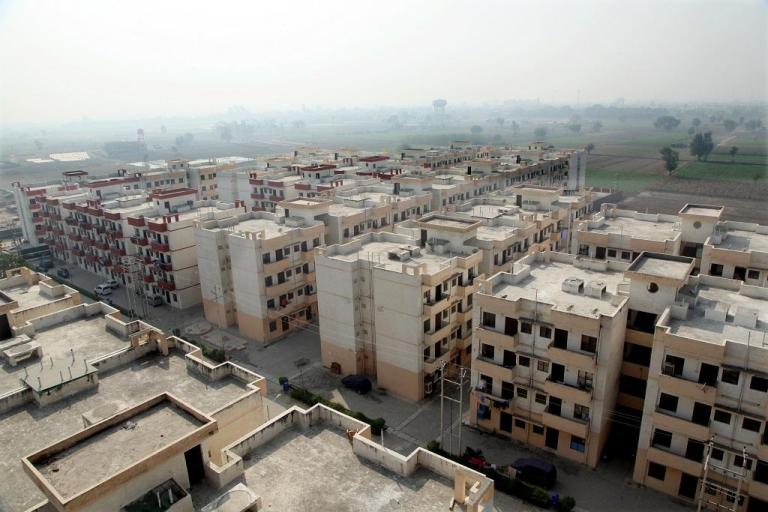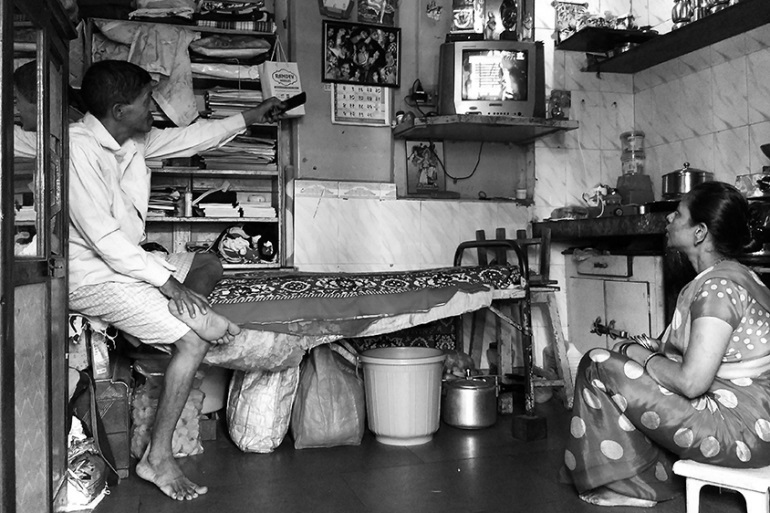Alvin Toffler in his book ‘Future Shock’ shared:
The illiterate of the 21st century will not be those who cannot read and write, but those who cannot learn, unlearn, and relearn.
Architecture Profession in the last decade has rapidly changed and it is evident, that, with the changing lifestyle, economic changes and development in technology, there would be more unpredictable changes ahead. Has Architecture Education also changed accordingly? Is it responding to the new needs of the society?
We invited views from some educators across India, on various issues like, the impact of technology on education, ethics and social consciousness. Following questions were asked:
- In your view, what steps should educators and architecture institutes shall take to prepare students to meet the expectations of the changed profession and the new challenges that society is posing?
- Teachers expect students to be creative and innovative, in what ways do you think even teachers can innovate and be creative within the framework of syllabus and guidelines provided by the Universities and the Council of Architecture?
- You think modern architecture is losing its social conscience? If yes, how can institutes and educators make students aware of their social responsibility?
- Please share your message for Architecture Educators.
We have received a couple of responses and more responses are awaited. Starting today, we will be sharing these on ArchitectureLive! and on our Facebook Page.
Your views on the above issues are invited, as comments to this post. We would share the selected views with our audience.
